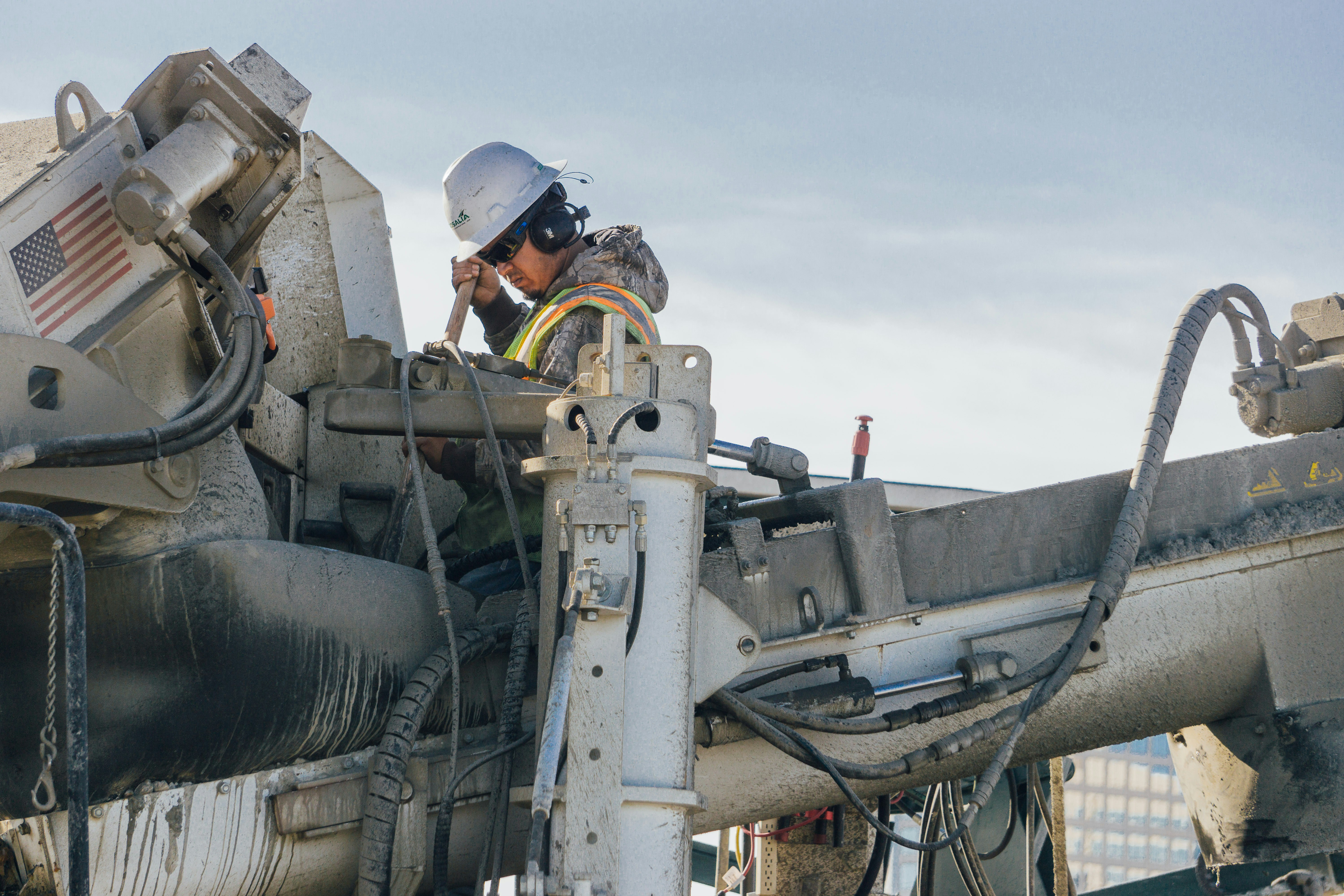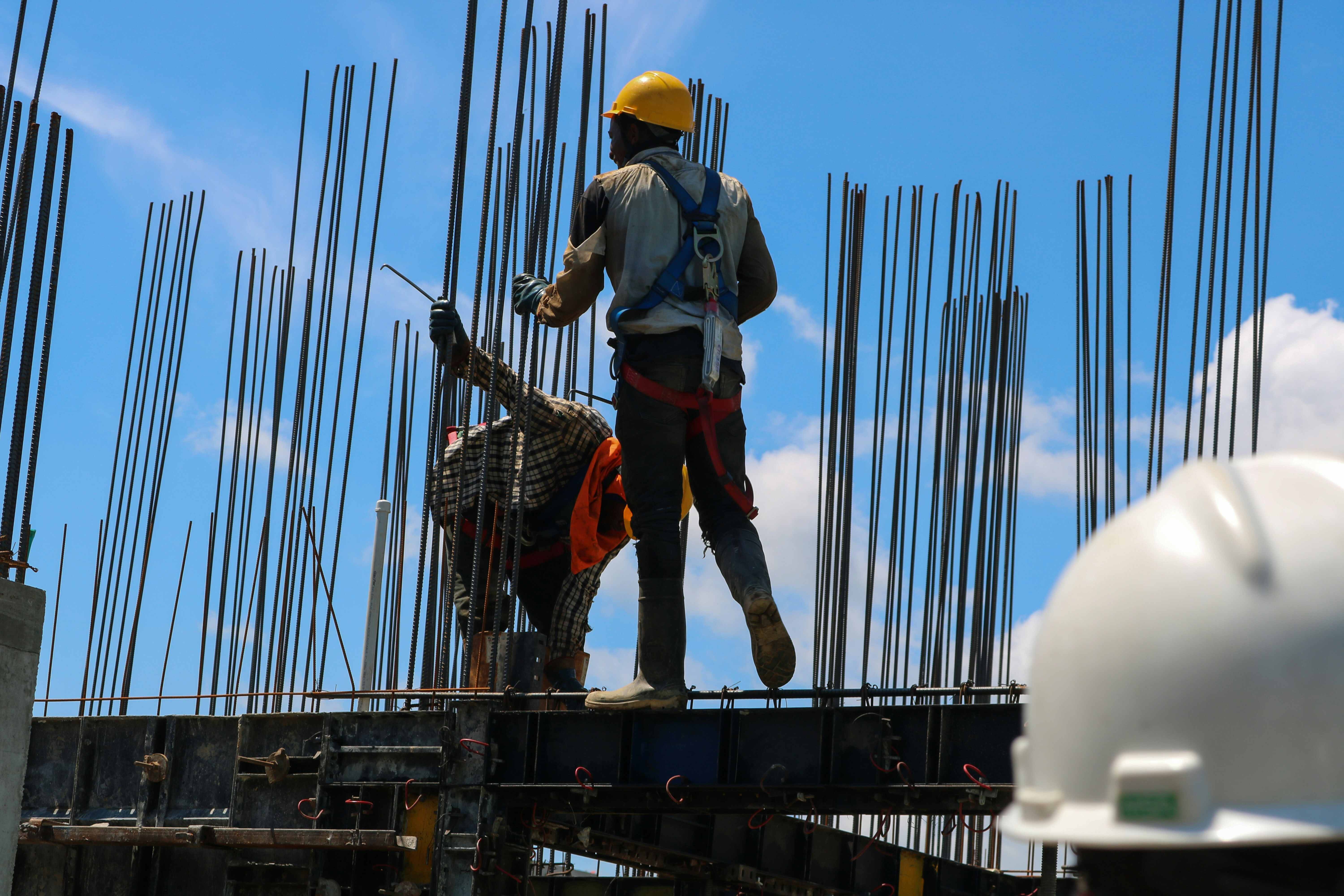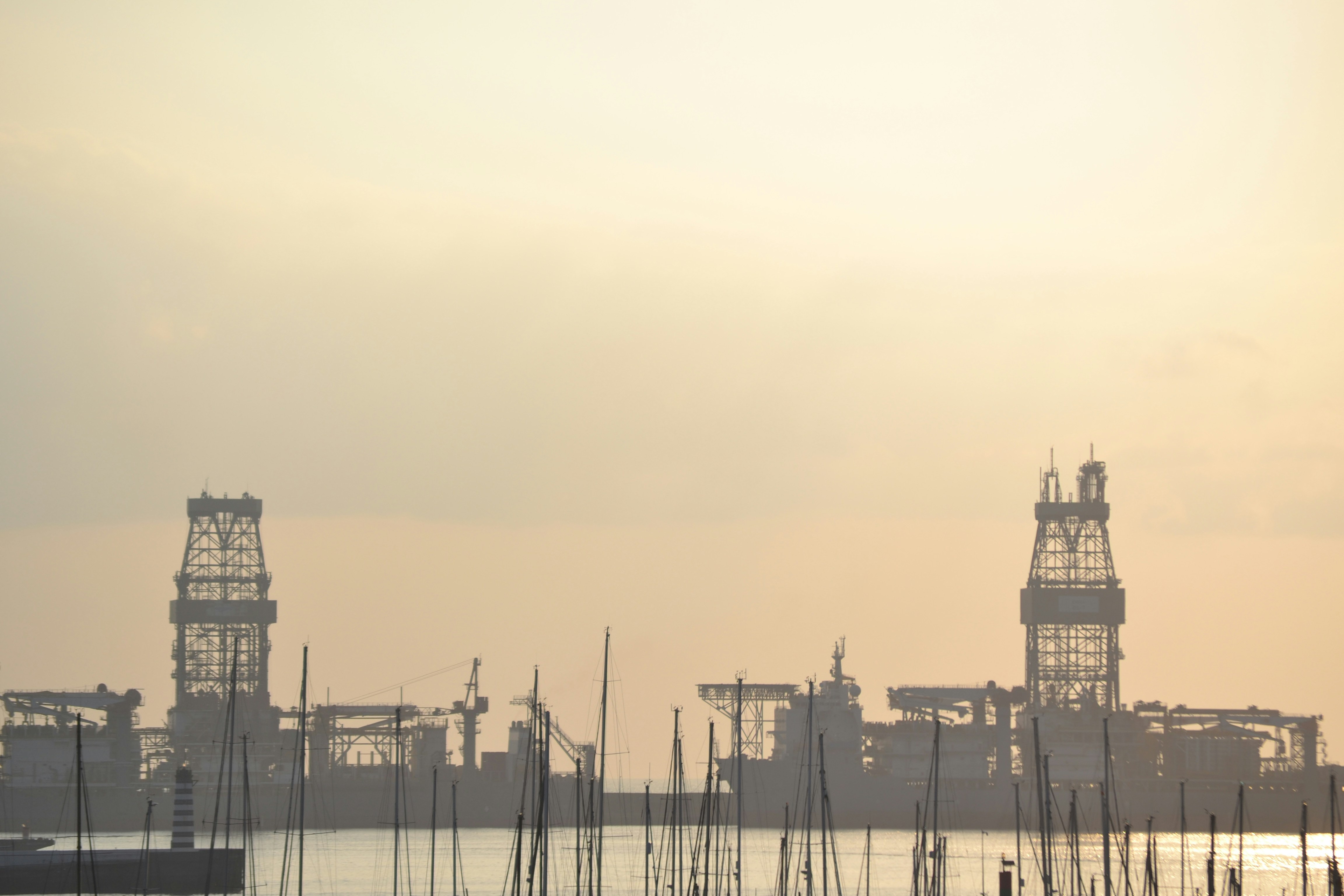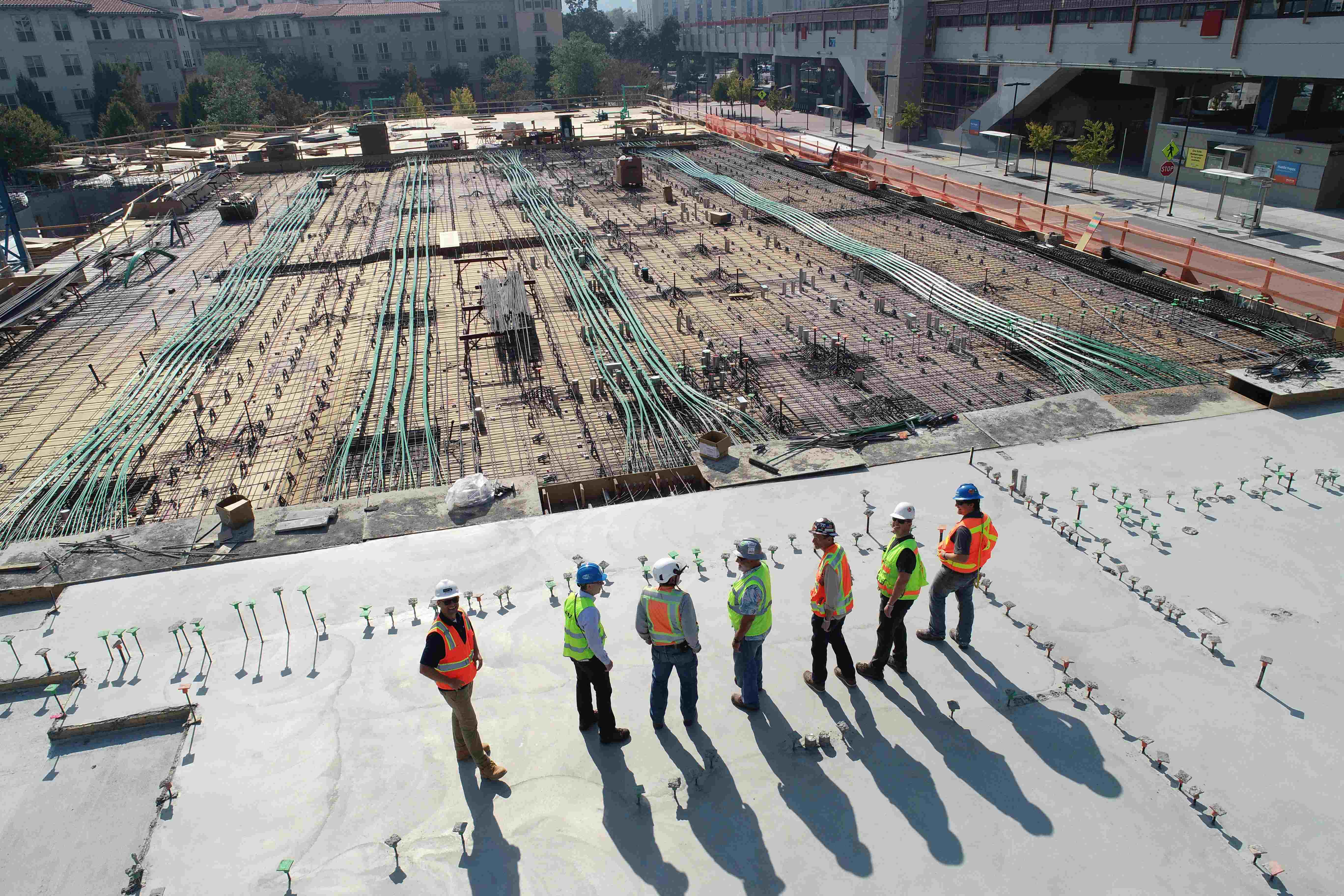In a rapidly changing world brimming with groundbreaking innovations and creative visions, the demand for construction jobs is surging worldwide. From towering skyscrapers and expansive transport networks to the development of entire cities, construction professionals are at the forefront of turning ambitious ideas into concrete realities. These roles are not just about building structures; they are about shaping the future, laying the foundations for tomorrow's urban landscapes, and driving the progress of human achievement.
This guide explores five groundbreaking projects that have the potential to reshape the construction jobs market. Let’s get started.
2. NEOM City
The first construction project on our list is Saudi Arabia’s NEOM City. Neom is envisioned as a groundbreaking urban development, embodying its name, which means 'new life'. Spearheaded by Crown Prince Mohammed bin Salman, Neom aims to reduce Saudi Arabia’s dependence on oil by creating a ‘smart city’ with advanced technology and sustainability at its core.
Launched in 2017, Neom is planned to include 10 innovative regions designed to attract global visitors. A key feature, ‘The Line,’ will connect the northwestern mountains to the Red Sea coast with two parallel, mirror-clad structures. Spanning 200 meters wide, it will include public parks, schools, and housing for nine million residents.
Another notable area, Trojena, or ‘The Mountains of NEOM,’ is being developed by LAVA architects and will include:
- 36 kilometres of ski slopes
- 42,000 m² of retail space
- 3,000 hotel rooms
- A 330-metre skyscraper
Adding to its appeal, NEOM has been selected to host the 2029 Asian Winter Games, underscoring the project's global significance.
From the snow to the sun, Epicon and Sindalah are destinations designed for sun worshippers. Epicon, located on the northern coast, will feature luxurious beach villas, two towering structures, and 41 hotels. Sindalah, a tropical island resort, will offer:
- Beach Club
- Yacht Club
- Spa
- Wellness Centre
- Hotels
- Marina
The scale of Neom's development promises significant economic and social impacts. It is anticipated that NEOM’s workforce will surpass 200,000 by 2025, generating numerous construction jobs. The project is projected to be completed by 2039, with an estimated cost of around US $500 billion (£371 billion).
2. 1 Undershaft
Developed by Aroland Holdings with a design coming from Eric Parry Architects, 1 Undershaft is a supertall skyscraper that’s set to be erected in the City of London. In August 2023, details of the proposed project revealed that it would be 304.94 metres Above Ordnance Datum (AOD) - making it the tallest building in the UK along with The Shard.
In its early stages of development, much of the project is subject to planning approval. The main construction is scheduled for late 2025 following the demolition of St. Helen’s Tower (also known as the Aviva Tower). This tower has a unique structure and requires an unconventional bottom-to-top demolition process.
1 Undershaft will provide 160,000 square metres of office space. There is a distinct emphasis being placed on the offices being ‘wellbeing-led’. In addition to this, there will also be:
- Restaurants
- Cultural spaces
- Public viewing gallery
Eric Parry has ensured that sustainability is an integral component of this project:
“The new scheme will still be the tallest in the city cluster and retains the upper floors for educational and public access through a collaboration with the Museum of London. The revised proposals will enable us to deliver a more sustainable building with enhanced urban greening.”
The construction of such a monumental structure is likely to create a significant number of construction jobs in the UK. Major construction companies Multiplex and Laing O’Rourke have been approached to offer their expertise and advice on construction methods, with the aim of completing the project by 2029.

3. South-North Water Transfer Project
The concept for the South-North Water Transfer Project (SNWTP), also known as the South-to-North Water Diversion Project, originated in 1952 when Mao Zedong proposed redistributing water resources across China.
Given China's vast size and the uneven distribution of water, the project aims to address severe water shortages in northern regions. The scale of this endeavour is immense, with nearly 50 years of planning leading up to its initiation, and the construction could span a similar length of time.
The SNWTP is designed to transport approximately 44.8 billion cubic metres of water from the Yangtze River in the south to the water-scarce northern regions of the country.
It has been split into three routes:
- Eastern Route: Sources water for provinces like Shandong (6.14 billion cubic metres so far), follows the course of the Grand Canal, and was completed in 2013.
- Central Route: Completed in December 2014, this route is roughly 1,264 kilometres long and annually provides 9.5 billion cubic metres of water.
- Western Route: This route is still in its planning stages. It aims to transfer four billion cubic metres of water from tributaries of the Yangtze near the Bayankala Mountain.
The motivation behind the South-North Water Transfer Project extends beyond merely addressing water scarcity in the northern regions. Rapid population growth and economic expansion have intensified the need for this monumental construction effort. Additionally, declining groundwater levels—falling by 5 metres annually in Beijing—have severely impacted agriculture.
With an estimated cost of $62 billion and a projected completion date of 2050, the project will demand significant labour and resources. The South-North Water Transfer Project is essential not only for its immediate benefits but also for its broader advantages:
- Provides water security in northern China and supports economic growth.
- Better health with improved water quality.
- It can help tackle climate change.
- Decreases groundwater withdrawal.
- Water for irrigation aids agriculture.
4. Grand Paris Express
On track to be one of the biggest transportation construction projects, the Grand Paris Express is being built by Societe du Grand Paris (SGP) and aims to connect three million citizens daily.
Construction commenced in June 2015 and involves the creation of four new metro lines, extending current lines, 200 kilometres of tracks, and 68 new metro stations. Stations will have eye-catching architectural designs that will interconnect with existing public transport networks.
Trains will be completely automated, and some will arrive every two to three minutes at optimum convenience. They'll be equipped with USB sockets, Wi-Fi, and ample space for wheelchairs and prams.
Environmental aspects are a major driving force for this project. It’s part of Paris’ commitment to become a carbon-neutral city by 2050. Through that journey, there’s a goal for carbon dioxide emissions to be reduced by 14.2 million tonnes.
Connectivity and commuting are core to the economy as it makes getting to and from jobs much easier. Aside from the logistical and economic benefits, it’s believed that this project can reduce social inequality and boost regional development.
Investment for this mammoth task is projected to reach €36.1 billion, with most lines being operational by around 2030. The nature of this challenge will generate jobs throughout the country, enhance the economy, and will be pivotal to helping France achieve its environmental ambitions.
5. Sizewell C Nuclear Power Station
Last but not least on our list of construction projects is Sizewell C Nuclear Power Station located in Suffolk, England. Headed by EDF Energy, the power station is going to be designed to be able to output 3.2 gigawatts of electricity by utilising two European Pressurised Reactors (sharing a similar design to Hinkley Point C).
Environmental protection is a top priority for this construction project, which aims to supply 7% of the United Kingdom's electricity—enough to power around six million homes. Once completed, the station is expected to reduce carbon emissions by approximately 9 million tonnes annually. Furthermore, it will decrease the production of long-lived radioactive waste, playing a crucial role in the UK's Net Zero Strategy.
Economically, the project is expected to generate up to 70,000 jobs across the UK, spanning both the construction phase and the operational phase of the plant. With an estimated cost of £20 to £30 billion, the project is anticipated to take approximately nine to twelve years to complete, with work set to begin in 2024.
Projects Transforming the Construction Job Market: Final Thoughts
Projects like NEOM City and others mentioned in this piece are not just extraordinary architecture; they represent a future where sustainability, technology and economic growth are significant building blocks of the construction industry.
Each project underpins a significant step of the construction evolution: NEOM City reinvents metropolitan living, 1 Undershaft sets new heights for London’s skyline, the SNWTP addresses resource challenges in China, the Grand Paris Express brings efficient commuting, and Sizewell C helps with the UK’s efforts to Net Zero Energy.
These massive projects will lead to a surge in construction jobs, underscoring the critical role of sustainable building practices and advanced technologies in shaping the future of the industry. As these projects progress, they won't just transform cities and communities—they'll contribute to a more sustainable and interconnected world, highlighting the indispensable value of construction jobs in driving these changes.
A Global Construction Recruitment Solutions Provider
Our outstanding reputation is built on four core pillars: ambition, experience, global reach, and honesty. These guiding values drive us to consistently source and deliver the finest talent to meet your construction job needs. Whether you’re seeking driven professionals to lead your construction projects or skilled experts to fill critical roles, our commitment ensures your vacancies are matched with the very best in the industry.
Ready to learn more? Explore our dedicated construction recruitment page, or connect directly with our team—we’re here to answer any questions and help you find the perfect fit for your workforce.




